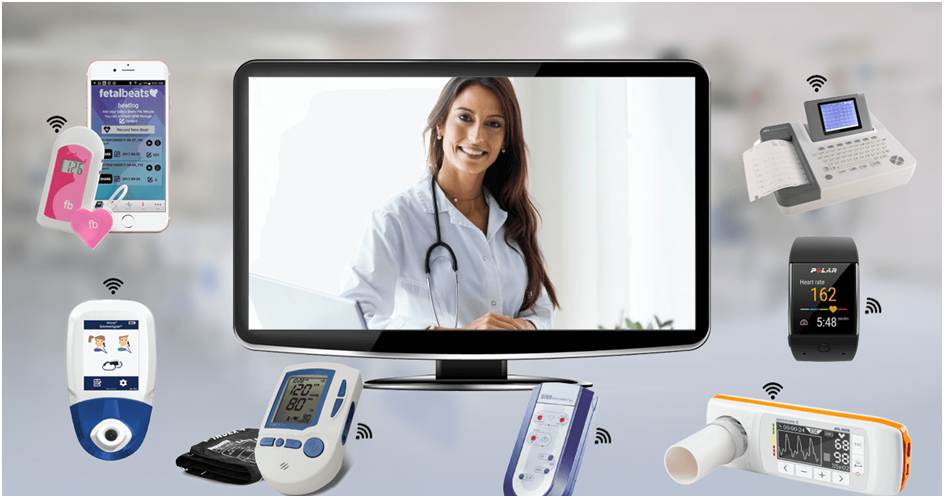Rising healthcare expenditure
Healthcare is expensive and costs the exchequer of the countries, family budgets, and communities alike. Nonetheless, it is an expenditure that cannot be ignored or under-provisioned during the planning stages.
The US allocates and spends maximum funds for healthcare expenses for providing affordable care to the ill and aging population. Inflationary pressures in the supply and chain of medicines, procedures, and continuous research are indispensable to saving lives. But with rising costs, the basic amenities of healthcare are becoming less accessible to many Americans. Effective measures that address healthcare cost containment is the need of the hour.
Factors influencing healthcare inflation
In the future, the health-related costs are projected to increase further up upto 136% for prescription drugs and 86% for the treatment of chronic diseases. Several factors influencing the rise in prices for basic healthcare can be broadly stated as:
- Lifestyle habits like unhealthy diet, lack of exercise, smoking, and substance addiction lead to complications like high blood pressure, heart diseases, and liver and kidney complications that affect the quality of life and cause irreversible damage to the health of a person
- Inefficient and mismanagement of resources where multiple new medical supplies are not even opened and either donated to poor countries or used in landfill leading to further ecological imbalance.
- Ambivalent approaches to technology have proven to be useful like the use of telehealth services and remote patient monitoring devices to cut costs and preserve patient care standards.
Measures to contain costs in healthcare
Effective measures have to be taken to trim the costs wherever it is possible without endangering the health of the patients. The following steps can be considered when costs have to be contained in healthcare services:
- Introduce telehealth
Telehealth bridges the gaps in location and connects a physician or nurses with their patients across boundaries and time zones. It is an accessible delivery model of healthcare services that uses technology to connect, interact, and reduce the costs related to real-estate facilities to open more healthcare facilities and help in patient engagement.
- Patient engagement
Engaging patients will entail educating them about their ailments, and disease-specific knowledge, and improving communication between the patient and caregiver. Patient engagement translates to better outcomes and experience for the end-users resulting in fewer repeat episodes for the same ailment. Patient engagement in telehealth is enabled through nurse practitioners or telehealth nurses who use virtual mode to connect and teach their patients the disease management and preventive measures which are indispensable in course of their recovery and overall health.
- Use of RPMs
Within the ambit of telehealth services RPMs can be used to monitor patients’ biometric and vital data that will alert the telehealth practitioner. They will be able to take necessary steps when the situation is still manageable and avoid further deterioration of the patient’s health which can lead to higher costs.
Using RPMs has been beneficial in chronic disease management cases where the technology backs up the real-time biometric data of patients. In such cases, the relevance of continuous monitoring is usually recommended in a clinical setting to avoid lapses in reading vital information at home. But with RPMs monitoring the data from the comfort of the home is possible for early detection and timely intervention.
Patients located anywhere can wear their devices like blood pressure monitors, glucose meters, spirometers, and telehealth practitioners can monitor them from their clinical setting. There is no need for patients who already are dealing with critical health conditions to strain physically to go to a clinic or a hospital and meet their physician.
Conclusion:
The average American is not able to access affordable care to maintain their health and manage illness. This is a result of the inefficiencies in the healthcare system that need to be fixed with immediate effect. However, for a country as distinct and large as the United States, it is possible to raise the bar of efficiency in the healthcare system through proactive measures to enable citizens to access healthcare and deliver cost-effective healthcare services. Measures involving technology can be long-term solutions along with managed care like the capitation payment model and offering value-based services like patient engagement in containing the healthcare costs to at least match with an acceptable inflation level.
